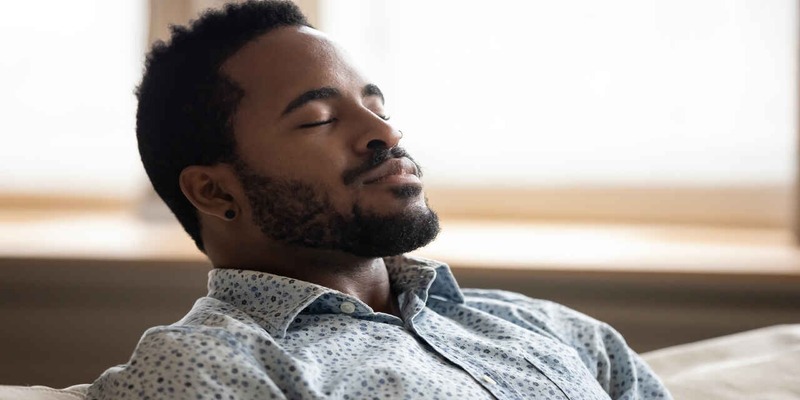Are you sensitive to light? Do strong lights cause pain and discomfort? Then you might be struggling with photophobia. Photophobia is a term used to describe excessive sensitivity to visible light, resulting in discomfort and pain upon exposure. From headaches to migraines or playing havoc on your vision, photophobia can leave an unpleasant impact. If you're curious about this condition, read on — this blog post will dive deep into what causes photophobia and how it can be managed effectively!
Overview of photophobia:
Photophobia is a term used to describe an extreme sensitivity to light, which can cause discomfort or pain in the eyes. Those who suffer from photophobia may experience the sensation of being blinded by even moderate amounts of light, and may avoid going outside or spending time under bright artificial lighting.
There are several treatments available to help manage the symptoms of photophobia, such as;
- Tinted lenses
- Medication
- Lifestyle changes
If you experience sensitivity to light, it's important to consult a doctor who can help you determine the best approach for managing your condition.
Causes of light sensitivity:
Light sensitivity, also known as photophobia, can be caused by a variety of factors. Some people may experience it as a side effect of medication or a symptom of certain medical conditions, such as migraines or traumatic brain injuries. Others may have a genetic predisposition to it.
Exposure to bright lights or spending too much time in front of screens can also trigger light sensitivity. Regardless of the cause, those who experience photophobia often report discomfort and pain when exposed to bright lights, leading to a decreased quality of life. It's important to identify the root cause of light sensitivity and seek appropriate treatment to alleviate symptoms and improve daily functioning.
Symptoms of photophobia:
If you have photophobia, then you may experience a range of symptoms. These can include;
- Pain or discomfort when exposed to light
- Difficulty seeing in bright settings
- Eye strain, headaches and fatigue
- Discomfort even in dimly lit rooms
Individuals that suffer from photophobia will shut their eyes quickly in response to light, grimace or wince, and may even experience pain or headaches after exposure to bright light.
Diagnosis and treatment of light sensitivity:

The diagnosis of light sensitivity begins with a comprehensive eye exam. Your doctor will look for signs of damage to your eyes and conduct tests to rule out any other causes of light sensitivity. If you are diagnosed with photosensitivity, your doctor may recommend lifestyle changes as well as the use of protective eyewear, such as sunglasses or computer glasses.
The most effective treatment for light sensitivity is avoiding direct exposure to bright lights, especially those coming from digital screens. This includes avoiding the use of electronic devices outdoors and in bright rooms.
If you are required to spend time working on a computer or other digital device, try to take frequent breaks by looking away from the screen or closing your eyes for a few minutes at a time. You can also reduce light exposure by using an anti-glare screen filter or wearing computer glasses with a blue light filter.
It is also important to wear sunglasses when outdoors, especially in direct sunlight. Look for sunglasses that provide 100% UV protection and are labeled as being “polarized” or “anti-glare”.
Tips to cope with light sensitivity:
There are several techniques that one can utilize to manage their light sensitivity.
- Wear tinted glasses, which can reduce the intensity of light and provide a shield against any harmful glare.
- Adjust one's environment by minimizing fluorescent lights or using low wattage bulbs.
- Using screen filters for electronic devices can reduce glare exposure, which is a prevalent trigger for light sensitivity.
Advice on when to seek medical help for photophobia:

If you experience photophobia along with other symptoms such as blurred vision, severe eye pain, or a sudden increase in sensitivity to light, it may warrant a visit to your physician.
If you have experienced a recent head injury or have a history of eye disease, it is important to seek medical attention promptly. Always listen to your body and seek medical help if you are in doubt about your symptoms. With prompt treatment, you can help protect your vision and preserve your eye health.
Conclusion:
Photophobia can range from mildly uncomfortable to severely debilitating. With the proper diagnosis and treatment of light sensitivity, those suffering can find relief and be able to go about their day-to-day lives with minimal discomfort. Many times the best remedy is simply avoiding bright lights or wearing sunglasses when going outside. Regardless of what a person chooses to do to manage her photophobia, it is important that they speak with a doctor if it causes unbearable pain or extends beyond ordinary levels of discomfort.







